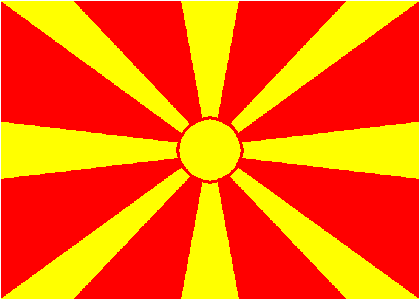Mysterious "night-shining clouds" that light up the polar skies have become more luminous and frequent in recent years—and climate change may be the culprit, scientists announced Monday.
 So-called noctilucent clouds, which streak across the sky in vibrant colors during polar summers, are ten times brighter than previously believed, according to recent data from NASA's Aeronomy of Ice in the Mesosphere (AIM) satellite.
So-called noctilucent clouds, which streak across the sky in vibrant colors during polar summers, are ten times brighter than previously believed, according to recent data from NASA's Aeronomy of Ice in the Mesosphere (AIM) satellite.
The data, collected during two polar cloud seasons, also suggest the formations appear daily, are more widespread, and have started to form at lower latitudes than before.
Climate Change Canary
Night-shining clouds are made mostly of ice particles that form when water vapor condenses onto atmospheric dust.
The AIM mission is the first detailed exploration of the clouds, which form about 50 miles (80 kilometers) above Earth's surface—"literally on the edge of space," AIM principal investigator James Russell III said yesterday at a press briefing at the American Geophysical Union fall meeting in San Francisco, California.
The air there is a thousand times drier than the Sahara, and the temperature can drop to minus 235 degrees Fahrenheit (minus 148 degrees Celsius)—ideal conditions for creating clouds.
A likely explanation for the clouds' surge is that temperatures in the upper atmosphere have gotten even colder due to the build-up of carbon dioxide in the atmosphere, Russell said.
Yearly emissions of carbon dioxide levels have grown about 20 percent since 1990. Most scientists agree the buildup is causing climate change and heating up Earth's surface.
In the upper atmosphere, however, carbon dioxide does not act like a thick, heat-trapping blanket.
Instead it forms a thin layer, allowing heat to escape, temperatures to drop, and ice particles to form.
"[These] clouds are the mine's canary of global warming," Russell told National Geographic News.

